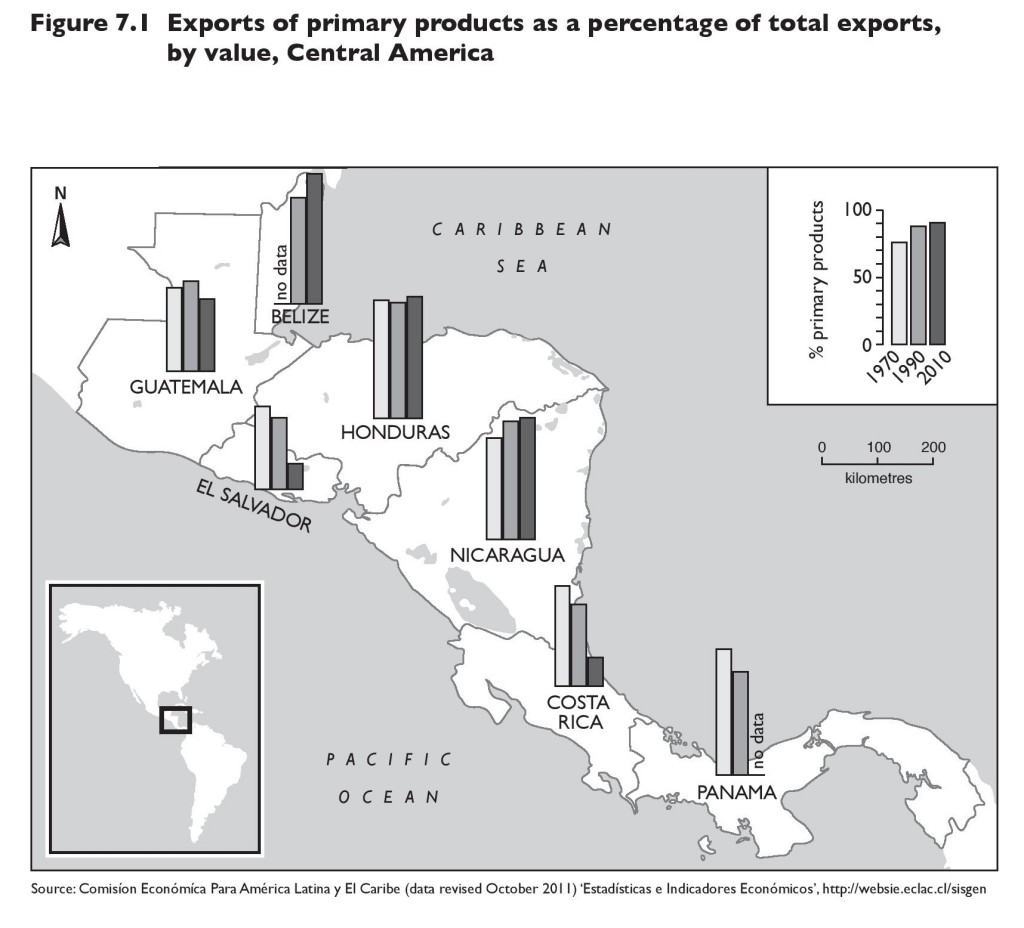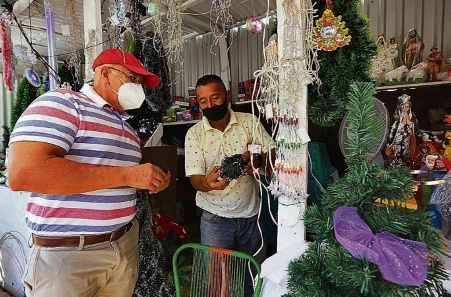This figure is referred to in the book as Figure 7.1 (Page 131)

This figure is referred to in the book as Figure 7.1 (Page 131)


Por Evelyn Machuca, El Economista
25 de Noviembre 2022
Palabras claves: CEPAL; empleos; sector informal.
La desocupación proyectada para 2022 representa un retroceso de 22 años, afectando especialmente a las mujeres, dice la CEPAL (la Comisión Económica para América Latina y el Caribe).

El desempleo retrocedió, pero mayoría de nuevos empleos surgieron en sector informal. Foto: LPG
Siete de cada 10 empleos que fueron creados postpandemia por covid-19 fueron abiertos en el sector informal, según el informe “Panorama Social de América Latina y El Caribe 2022: la transformación de la educación como base para el desarrollo sostenible”, presentado ayer por la Comisión Económica para América Latina y el Caribe (CEPAL).
Aunque para 2021 la desigualdad de ingresos (medida por el índice de Gini) disminuyó levemente con respecto al 2020 en América Latina, situándose en 0.458, en niveles similares a los de 2019, “hay que enfatizar la palabra levemente”, declaró el secretario ejecutivo del organismo de Naciones Unidas, José Manuel Salazar-Xirinachs.
Por otra parte, la desocupación proyectada para 2022 representa un retroceso de 22 años, afectando especialmente a las mujeres, para las que la desocupación subió de 9.5 % en 2019 a 11.6 % en 2022.
“No se ha logrado revertir los impactos de la pandemia en materia de pobreza y pobreza extrema y los países enfrentan una crisis silenciosa en educación que afecta el futuro de las nuevas generaciones”, advirtió el alto funcionario, quien llamó a los países a invertir decididamente en educación y a convertir esta crisis en una oportunidad para transformar los sistemas educativos.
Otro de los datos interesantes que fueron recogidos en este informe da cuenta de que el porcentaje de jóvenes de 18 a 24 años que no estudia ni trabaja (NINIS) de forma remunerada aumentó de 22,3% en 2019 a 28,7% en 2020, afectando especialmente a las mujeres jóvenes (36% de ellas se encontraba en esta situación, comparado con un 22% de los hombres).
Finalmente, la CEPAL proyecta que, para finales de este año, 201 millones de personas (el 32.1 % de la población total de la región de América Latina) vive en situación de pobreza y 82 millones (el 13.1 % de la población mundial) en pobreza extrema.
El Economista
By Evelyn Machuca
Translated by Martin Mowforth
25 November 2022
Key words: CEPAL; jobs; informal sector.
Unemployment levels in 2022 represent a set-back of 22 years with women especially badly affected, according to CEPAL (the Economic Commission for Latin America and the Caribbean). The majority of new jobs were created in the informal sector.
Seven out of every ten jobs that were created in the post-pandemic era were set up in the informal sector, according to the report ‘Social Panorama of Latin America and the Caribbean in 2022: the transformation of education as a base for sustainable development’, presented in November by the Economic Commission for Latin America and the Caribbean (CEPAL by its Spanish initials).
Although for 2021 income inequality (measured by the Gini Coefficient) was slightly lower for Latin America than it was in 2020 – measured at 0.458, around the same level as for 2019 – “the word ‘slightly’ has to be emphasised” said the Executive Secretary of the UN organisation, José Manuel Salazar-Xirinachs.
On the other hand, the unemployment level projected for 2022 represents a retrograde step of 22 years, especially affecting women for whom unemployment rose from 9.5 per cent in 2019 to 11.6 per cent in 2022.
“The impacts of the pandemic in terms of poverty and extreme poverty have not been reversed and countries are facing a silent crisis in education which affects the future of the new generations,” warned the UN official. He called on countries to make decisive investments in education and to convert this crisis into an opportunity to transform education.
Data collected for the report also showed that the percentage of youths aged 18-24 who neither studied nor worked increased from 22.3 per cent in 2019 to 28.7 per cent in 2020, this involving especially young women, 36 per cent of whom found themselves in this situation compared with 22 per cent of men of the same age.
CEPAL predicts that by the end of this year, 201 million people (32.1 per cent of Latin America’s total population) will live in poverty and 82 million (13.1 per cent of the population) will live in extreme poverty.